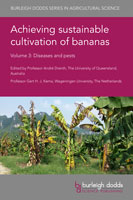 Edited by André Drenth and Gert Kema This book explores existing methods for pest/disease diagnosis and identification, current management strategies used to control and/or prevent outbreaks, as well as the development of disease-resistant cultivars and integrated pest and disease management programs. |
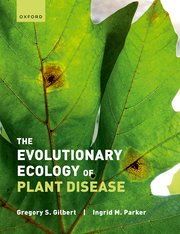 By Gregory S. Gilbert and Ingrid M. Parker This book Introduces the key biological aspects of plant-pathogen interactions framed by ecological and evolutionary theory. |
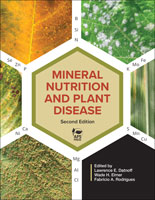 Edited by Lawrence E. Datnoff, Wade H. Elmer, and Fabrício A. Rodrigues This book covers advances made in mineral nutrition and plant disease, showcasing the most recent scientific findings in much greater detail than in the previous edition. |
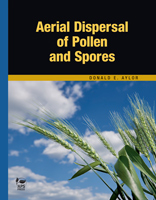 By Donald E. Aylor A valuable and comprehensive treatise covering the many complex factors and effects involved in the movement of spores and pollen through the air. |
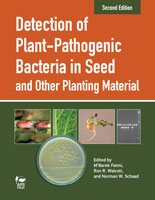 Edited by M’Barek Fatmi, Ron R. Walcott, and Norman W. Schaad Describes methods for detecting and diagnosing many of the world's most economically significant plant bacterial diseases found in vegetables, cereals, grain, legumes, grasses, and forages. |
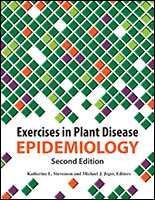 Edited by Katherine L. Stevenson and Michael J. Jeger Learn and practice the latest, most advanced methods for determining the spread and control of plant diseases with Exercises in Plant Disease Epidemiology, Second Edition. |
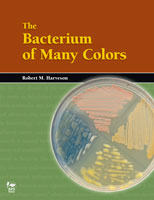 By Robert M. Harveson A fascinating collection of colorful stories chronicling plant pathogen and disease discoveries, as well as the foundational lessons plant pathologists learned while researching them. |
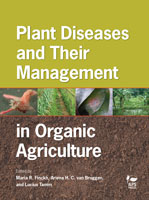 Edited by Maria R. Finckh, Ariena H. C. van Bruggen, and Lucius Tamm The first comprehensive, globally-focused book that fully addresses the systems approach to organic plant disease management. A must for researchers, students, and practitioners in organic agriculture! |
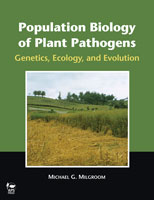 By Michael G. Milgroom An interpretative guide through the evolution of plant pathogens. In detail, it covers population genetics, population biology, and their applications in agriculture for students and researchers. |
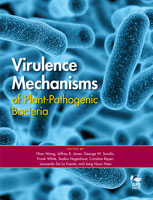 Edited by Nian Wang, Jeffrey B. Jones, George W. Sundin, Frank White, Saskia Hogenhout, Caroline Roper, Leonardo De La Fuente, and Jong Hyun Ham This book, ideal for students and researchers, reviews individual virulence traits and how each pathogen uses different traits to cause some of the most important bacterial diseases in agriculture today. |
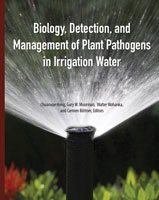 Edited by Chuanxue Hong, Gary W. Moorman, Walter Wohanka, and Carmen Büttner This book compiles information on pathogens found in irrigation water. Scientific and applied information make it ideal for scientists and practitioners working on farms, nurseries, and other crop-based systems using irrigation. |
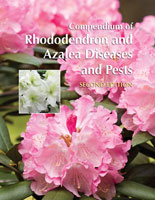 Edited by Robert G. Linderman and D. Michael Benson This comprehensive book provides images and the most current information available to quickly diagnose and treat infectious diseases, noninfectious disorders, and insect pests of rhododendron and azalea plants. |
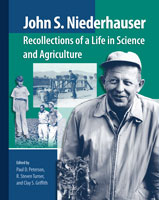 Edited by Paul D. Peterson, Clay S. Griffith, and R. Steven Turner John Niederhauser is remembered and honored in this autobiographical memoir as one of the most important agricultural scientists of the last century. |
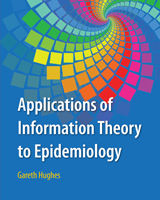 By Gareth Hughes This is the first book written on information theory applications explicitly for plant disease epidemiology. |
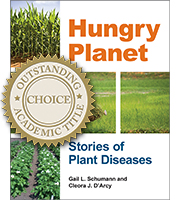 By Gail L. Schumann and Cleora J. D’Arcy Read stories of plant disease epidemics that illustrate the past and present vulnerability of some important plants that people use for food, for fibers and oils, and for green spaces. |
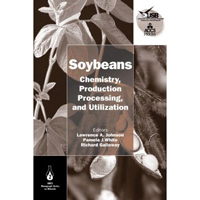 Edited by Lawrence A. Johnson, Pamela J. White, and Richard Galloway This comprehensive new soybean reference disseminates key soybean information to "drive success for soybeans" via 21 concise chapters. |
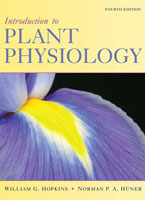 By William G Hopkins and Norman P.A. Huner Introduction to Plant Physiology became the best-selling first edition plant physiology text of the 1990's. |
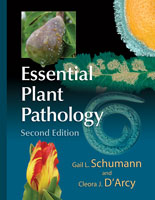 By Gail L. Schumann and Cleora J. D’Arcy Essential Plant Pathology, Second Edition is completely updated with color throughout and includes more extras for students and professors alike. |
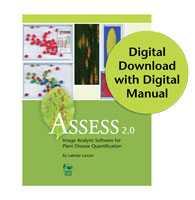 By Lakhdar Lamari Quantifies and measures plant diseases quickly and accurately at a fraction of the cost of general image analysis software. |
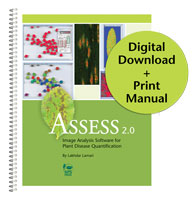 By Lakhdar Lamari Quantifies and measures plant diseases quickly and accurately at a fraction of the cost of general image analysis software. |
 By Lakhdar Lamari Quantifies and measures plant diseases quickly and accurately at a fraction of the cost of general image analysis software. |
 By Lakhdar Lamari Quantifies and measures plant diseases quickly and accurately at a fraction of the cost of general image analysis software. |
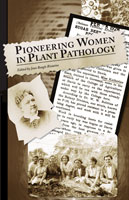 Edited by Jean Beagle Ristaino Pioneering Women in Plant Pathology is a biographical book on the early women scientists who led the way for others in the field of plant pathology. These untold stories about 27 fascinating women discuss their struggles and triumphs as early women in the science. |
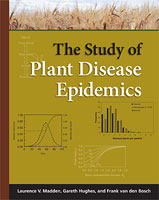 By Laurence V. Madden, Gareth Hughes, and Frank van den Bosch Plant disease epidemics continue to impact a world increasingly concerned with the quantity and quality of food supply. This comprehensive manual that introduces readers to the essential principles of plant disease epidemiology. |
 By Peter G Ayres A fascinating biography that reflects the changes that occurred in both society and plant science in the late 19th century. |
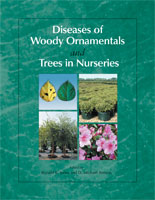 Edited by Ronald K. Jones and D. Michael Benson Use the current information in this manual to maintain and grow healthy nursery plant stock. It covers diagnosis and control of more than 65 ornamental crops grown in nurseries throughout the United States. |
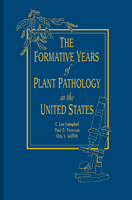 By C. Lee Campbell, Paul D. Peterson, and Clay S. Griffith Describes more completely than ever before, the history of where and how the scientific interest in plant disease arose and was developed. |
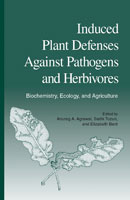 Edited by Anurag A. Agrawal, Sadik Tuzun, and Elizabeth Bent This book investigates the induced responses of plants to herbivores and to diseases. Plant pathologists and entomologists will find that their disciplines have a lot in common. |
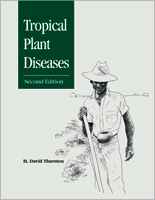 By H. David Thurston A guide to identification and control of tropical plant diseases. Up-to-date information tropical plant diseases including special emphasis on molecular biology, genetic engineering, and integrated pest management is featured. |
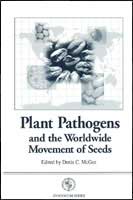 Edited by Denis C. McGee This collection of articles is a response to the rapid expansion of the global seed trade, a trend that makes seed-borne disease an increasingly significant problem in both developed and developing nations. |
 By Malcolm C. Shurtleff and Charles W. Averre, III Presenting 9,000 terms that are used to describe all types of plants and plant problems, this
time-saving reference eliminates the need to "puzzle out" the meaning of specialized plant science terms. |
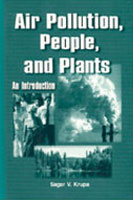 By Sagar V. Krupa An introduction to the interrelationships of the atmosphere, air quality, people, and plants. Ideal as a textbook, it makes an excellent guide to this important topic for a wide audience. |
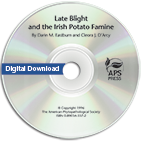 By Darin M. Eastburn and Cleora J. D’Arcy This 25-minute video examines the interactions of biological and social factors during the Irish Potato Famine. |
 By Margery L. Daughtrey and A. R. Chase This guide is designed to be used in the greenhouse. More than 500 color photographs illustrate the most common greenhouse disease problems for on-the-spot diagnosis. Similar diseases are placed side by side for comparison. |
 By Gail L. Schumann This textbook teaches basic plant and microbial biology while explaining phytopathology and its cultural relevance. |
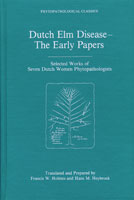 Translated and Prepared by Francis W. Holmes and Hans M. Heybroek This book presents an often overlooked fact: that the pioneering research on Dutch elm disease was done by women scientists. These women studied and recorded the earliest information on this disease. |
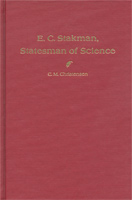 By C. M. Christensen Chronicles many important events in plant pathology, including Stakman's pioneering studies on the nature of genetic variation of the stem rust pathogen Puccinia graminis f. sp. tritici and the epidemiology of wheat stem rust. |
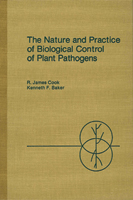 By R. J. Cook and K. F. Baker Examines the broad subject of biological control of plant pathogens. Among the principal themes is the fact that slight changes in an environmental factor often produce striking effects in plant-microbe interactions. |